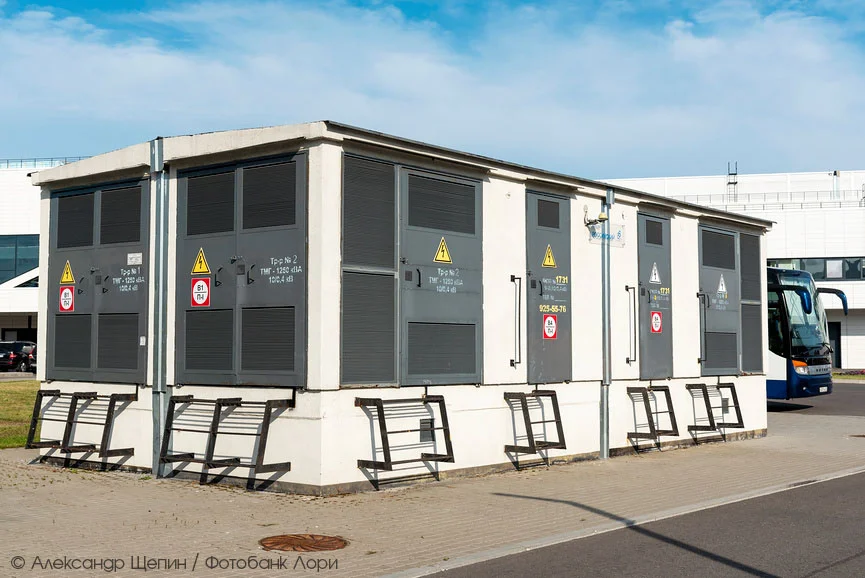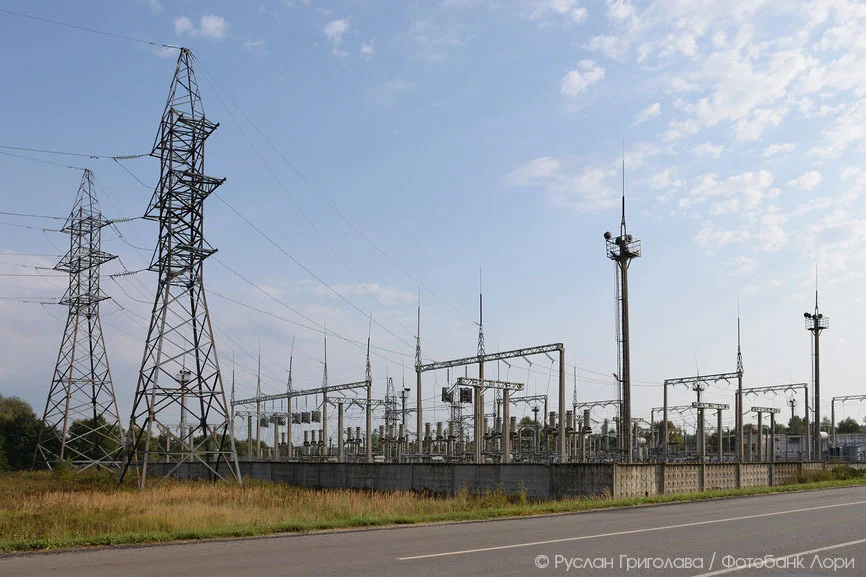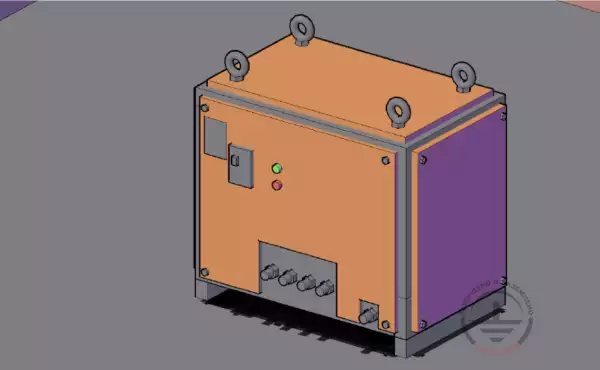Modern infrastructure significantly depends on the reliability of power supply. Certainly, at the mundane level, these are primarily illumination, elevators, communications, and various powered equipment. But note that even amenities such as water supply, sewage, and steam heating depend on electricity anyway, since electric pumps are required for normal operation of such systems. Urban development is a global trend. However, the entire public transport system carrying the largest amounts of passengers, such as subway, trams, electric railways, are powered from electrical grid. They cannot be powered from batteries due to their increased capacity.

Moreover, our dependence on power is constantly increasing. For example, in the cities, high-rise buildings are often built where safety requirements can only be met for electric ovens. However, even though you may have a gas stove at home, you will probably use an electric kettle or a microwave oven, because they are more convenient for use. In the factories, heating installations are usually powered from electricity and the used plant drives have been primarily electric for several decades. Therefore, the issue of providing a reliable power supply is essentially an issue of survival of our entire civilization, whether it sounds snobbish or not.
Lightning effect to a substation
Note the effects of direct lightning strike to the facility and secondary effects as a result of either the lightning strike which occurred nearby or the lightning strike to the lightning protection system.
In case of a direct lightning strike, the voltage at the affected facility may reach 50 MV whilst the current may reach up to 200 kA. In this case, insulator puncture happens which leads to mechanical damage to the substation and possibly fire. Oil transformer ignition is particularly dangerous which may lead to an explosion.
A pretty typical situation took place on June 28, 2021 in Shchelkovo, a town located in the Moscow Region. There, a lightning hit an open high-voltage substation. As a result of the lightning strike, the transformer exploded. The major part of the city with the population of 134 thousand people was left without both power and water supply for several hours, since water intake system ceased to work.
Secondary lightning effects may impair normal operation of control electronics or even lead to its malfunction. This may also lead to the customer blackout for a long period.
What happens when the lightning hits an air power line?
Lightning effects to the power line pose a serious danger. The direct strike to the power line support may lead to its mechanical damage or even destruction. If a lightning hit a phase wire, its thickness decreases at the strike point, resistance increases (thus leading to more losses) and mechanical deformation of wire occurs. Even if factors leading to power supply outage immediately after the lightning strike are absent, a time-delayed accident occurs which may happen later in a "bad" moment. Namely, power line falling, wire breaking or inter-phase short circuit due to its deformation.
Groundwire is a very efficient power line protection means. According to some estimates, it reduces the lightning strike probability to the phase wire by hundred times. However, groundwire is not a magic pill. When designing the lightning protection, also note discharges installed at the substation entryso that they would be installed as duly required and reliably protect the facility. For example, at air power lines (APL) up to 35 kV inclusive, the groundwire cannot completely prevent lightning strike effects.
The point is that insulators in these lines can easily be broken through in case of secondary lightning effects. This is not a defect: at working voltage, APL insulators are operated normally; however it is economically unviable to make them resistant to breakthrough at higher voltages caused by a running wave as a result of the lightning strike. Phase wire breakthrough occurs, and since APL of 6-35 kV are operated in a mode with an insulated neutral wire, the emerging short circuit cannot be recognized by an automated equipment. Then insulators usually restore their properties, although, immediately after the lightning strike, the substation entry receives a short pulse exceeding the APL operating amplitude by many times. If protection against surges at the substation entry does not operate for some reasons, the equipment installed there may fail.
Key measures to protect against lightning strike
Certainly, first of all, we should arrange a set of measures for lightning protection in accordance with the effective standards. It is not as easy as it seems though (see the next section). When designing lightning protection, particularly note the following factors, which, if they are not considered, often leads to accidents:
- proper arrangement of grounding for power line supports considering soil specifics in this location;
- proper connection of the groundwire to the grounding electrode (rated spark gap or grounding downdrop);
- accurate determination of the lightning arrester type and its installation height so that the protection zone would surely include all substation elements;
- considering all major factors affecting the lightning protection reliability (wind, snow, and seismic loads as well as temperature mode in the location);
- proper arrangement of current collectors and system for potential bonding in the buildings where control electronics is installed;
- installation of all the required surge protectors at the substation input (dischargers or variable resistor).
Possible problems in design
When designing the lightning protection for the power facilities, first use the EIC Rev. 7 standards related to the power equipment protection. But this document is not sufficient for calculations in this case. The EIC governs which lightning arresters and where they should be located at the power facilities. But the EIC does not prescribe methods of calculation of the protection zone, e.g. lightning arrester. Several methods for such calculations exist. And the specialists still discuss which of them are preferred. Moreover, the EIC does not contain the detailed description of the grounding arrangement for lightning protection systems, and resistance standard values are only provided.

Moreover, at the substation territory, buildings and other facilities are typically present, and their lightning protection arrangement is beyond the scope of the EIC Rev. 7. Let's take the heat power plant operated on black oil as an example. The substation equipment should be protected from lightning effects as per the EIC Rev. 7, the building as per RD 34.21.122-87 and SO 153-34.21.122-2003, and oil storage as per "Guidelines for Oil Storage Safety" as approved by Rostekhnadzor (Russian Federal Service for Ecological, Technological and Nuclear Supervision).
However, certain parameters may be calculated automatically if the software has been created for this by leading specialists so that to consider all specifics of the regulatory framework. We recommend using the service for calculation of the lightning protection system reliability and probability of the lightning strike into the facility. It has been developed under the guidance of Prof. E. M. Bazelyan in the OJSC "G.M. Krzhizhanovsky Energy Institute".
What design errors can result in?
The least problem that may happen is that, as a result of the equipment failure due to lightning strike, power supply will be interrupted at the substation for some time. If we are talking about corporate consumers, the power supplier will have to pay late charges under contracts. Household consumers may be cutoff from the power continuously up to 1 day, but not more than 72 hours during the year. If these parameters are not met, the supplier will be forfeited as per the administrative procedure.
Please note that, at high-voltage feed substations, many equipment types are custom-made. For example, the production time for the custom-made transformer is typically 1 to 4 weeks. If a product cannot be manufactured by a Russian company, add transportation times. For example, sea transportation of the equipment from China takes about 3 months. For all this time, the power supply will be arranged using the backup circuit, and for this reason, power limits are possible for some consumers as well as refusal to increase the attached powers. The result is a loss of profits for the power supplier.
The emergency load cut-off as well as its unexpected cut-in lead to voltage surges caused by extra-large opening and closing currents, respectively. If a consumer proves in the court that he/she has lost the equipment for this reason, the power supplier will have to compensate the damage.
In case of the mechanical damage of the substation, a situation is possible when the load is not cut off, however high voltage at the input will partially "leak" to consumers. Moreover, failed electrical contact between a "null" wire and a grounding wire is possible with the voltage being maintained at phase wires, which, in TN-C grids, is extremely dangerous for consumers. As a result of these accidents related to mechanical damage of the substation, some consumers may receive serious damage and even die. And this leads to a criminal penalty for responsible persons.
Contact the ZANDZ Technical Center for lightning protection and grounding calculation. We will consider all necessary requirements of regulatory documents and specifics of the protected facility!
Related Articles:
 Design for Grounding of a Balanced TCT Type Transformer
Design for Grounding of a Balanced TCT Type Transformer

